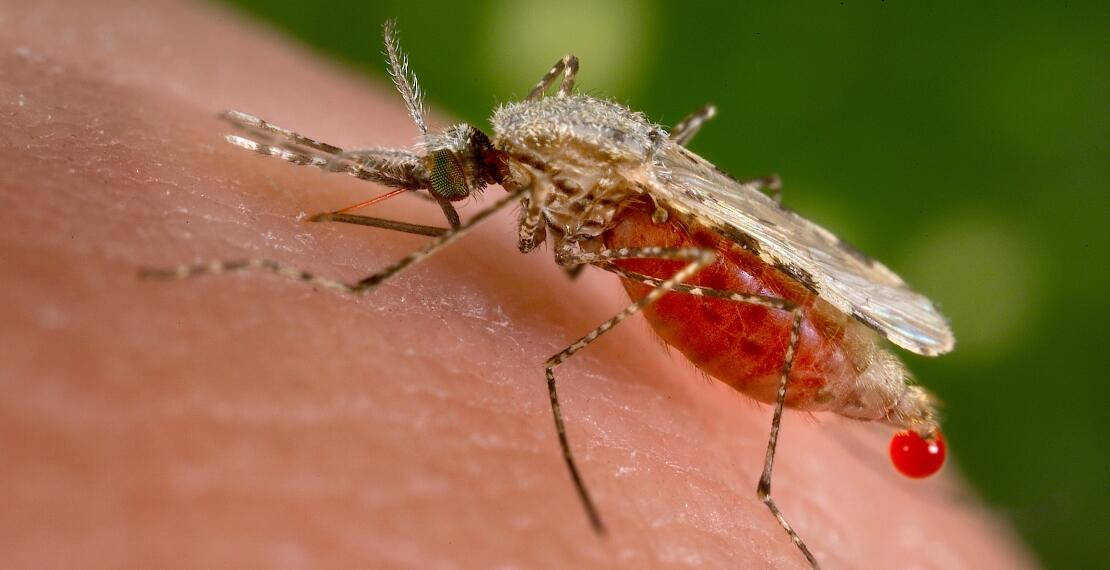
Sunday 25 April is World Malaria Day. The malaria mosquito Anopheles stephensi, originally found in South Asian cities, is making its way to cities in the Horn of Africa.
Mosquitoes and the infections they carry are travelling along trade routes and settling in ever-expanding cities. For example, the malaria mosquito Anopheles stephensi, originally found in South Asian cities, has now found its way to cities in the Horn of Africa. The project Controlling Emergent Anopheles stephensi in Ethiopia and Sudan (CEASE), led by the Liverpool School of Tropical Medicine (LSTM) and funded by the Wellcome Trust, launched in November and aims to map the social and environmental factors impacting the the spread of Anopheles stephensi malaria in Ethiopia and Sudan.
Anopheles stephensi is an invasive malaria mosquito found mainly in urban areas in the Middle East and South Asia. Between 2000 and 2010, the mosquito hitchhiked its way to the Arabian Peninsula via freight traffic and eventually reached the Horn of Africa. For Africa, this new source of infection was identified after an unusual outbreak in Djibouti City. Meanwhile, if the vector adapts well to the urban environment in these new settings, local populations could be at high risk. The Vector Biology Department at LSTM leads an interdisciplinary team of biologists, epidemiologists, mathematicians, geostatistical modelers and social scientists. Divided into entomological, epidemiological, mathematical and geostatistical modelling and social sciences work packages, the researchers in the CEASE project aim to map the spread and the route of the mosquito.
LSTM’s Professor Martin Donnelly leads the project, he said: "Malaria in Africa is mainly a rural disease because the local malaria mosquito species are not well adapted to urban settings. Unfortunately, current efforts to control malaria are threatened by a new, invasive mosquito species called Anopheles stephensi, which has been identified in towns and cities in the Horn of Africa, and is associated with an increase in malaria in Djibouti.”
The social science work package, led by the Institute of Tropical Medicine’s (ITM) Unit of Socio-Ecological Health Research, aims to understand how social and ecological factors affect the spread of the mosquito in this region. As malaria in Africa has primarily been a rural disease, local malaria mosquito species are not well adapted to urban environments, Anopheles stephensi is invading the African urban environment, where an estimated 126 million additional people are potentially at risk of malaria.
“If this invasive malaria species becomes established without swift action, it will have huge implications for morbidity and mortality in the Horn of Africa. This complex problem requires a complex socio-ecological approach. By bringing together stakeholders from different corners of society, we will get a better picture of how we can work together towards solutions that involve all parties,” says Professor Koen Peeters of ITM and principal investigator of this social science study.
“Africa has the highest rate of increase in urbanisation of any continent and the UN estimates that 58% of the population will live in urban areas by 2050. An urban-adapted malaria mosquito could wreak havoc across the continent if allow to spread,” warns LSTM’s Dr Anne Wilson, co-director of the CEASE project.
The collaboration - Controlling emergent Anopheles stephensi in Ethiopia and Sudan (CEASE) - brings together experts from Jimma University(link is external) and Armauer Hansen Research Institute(link is external) in Ethiopia; University of Khartoum(link is external), Sudan; Institute of Tropical Medicine (ITM(link is external)), Belgium; Imperial College London(link is external), Lancaster University(link is external) and LSTM.